-
 Bitcoin
Bitcoin $118200
0.49% -
 Ethereum
Ethereum $3580
0.33% -
 XRP
XRP $3.429
-0.49% -
 Tether USDt
Tether USDt $1.000
-0.05% -
 BNB
BNB $734.1
0.18% -
 Solana
Solana $177.7
0.26% -
 USDC
USDC $0.9999
-0.01% -
 Dogecoin
Dogecoin $0.2434
4.12% -
 TRON
TRON $0.3203
-1.58% -
 Cardano
Cardano $0.8334
1.59% -
 Hyperliquid
Hyperliquid $44.70
2.39% -
 Stellar
Stellar $0.4636
-1.10% -
 Sui
Sui $3.789
-0.43% -
 Chainlink
Chainlink $18.49
4.03% -
 Hedera
Hedera $0.2674
-0.08% -
 Avalanche
Avalanche $25.08
6.37% -
 Bitcoin Cash
Bitcoin Cash $520.4
1.12% -
 Shiba Inu
Shiba Inu $0.00001495
1.88% -
 Litecoin
Litecoin $112.5
9.34% -
 UNUS SED LEO
UNUS SED LEO $8.994
0.24% -
 Toncoin
Toncoin $3.209
-0.74% -
 Polkadot
Polkadot $4.393
2.95% -
 Uniswap
Uniswap $10.16
-0.07% -
 Monero
Monero $325.2
1.09% -
 Ethena USDe
Ethena USDe $1.001
0.00% -
 Bitget Token
Bitget Token $4.898
-1.03% -
 Pepe
Pepe $0.00001326
0.54% -
 Dai
Dai $1.000
0.02% -
 Aave
Aave $317.2
-0.43% -
 Cronos
Cronos $0.1214
0.07%
How does Kraken staking work?
Kraken allows users to stake cryptocurrencies like Ethereum, Cardano, and Solana to earn rewards while supporting blockchain networks.
Jul 19, 2025 at 01:08 am

What is Staking on Kraken?
Staking is a process that allows cryptocurrency holders to earn rewards by participating in the validation of transactions on a blockchain network. Kraken, one of the most trusted and regulated cryptocurrency exchanges, offers staking services for several supported coins. By delegating your assets to a validator or directly participating in staking, you help secure the network while earning passive income in return.
Unlike traditional mining, staking doesn't require expensive hardware. Instead, users lock up their coins in a wallet or directly through the exchange, like Kraken, to support network operations. The rewards are typically distributed in the form of additional coins.
Supported Coins for Staking on Kraken
Kraken supports staking for multiple cryptocurrencies, including but not limited to:
- Ethereum (ETH)
- Cardano (ADA)
- Polkadot (DOT)
- Solana (SOL)
- Algorand (ALGO)
Each of these networks has its own staking mechanism, reward structure, and minimum staking requirements. For example, Ethereum requires a minimum of 32 ETH to become a validator, but Kraken allows users to stake any amount by pooling resources. This makes it accessible for retail investors to participate without meeting the full node requirements.
How to Stake on Kraken: Step-by-Step
To begin staking on Kraken, follow these steps:
- Log in to your Kraken account. Ensure your account is verified and meets the necessary KYC requirements.
- Deposit the cryptocurrency you wish to stake. Navigate to the "Wallet" section and select the appropriate coin.
- Go to the Staking section. This is typically found under the "Earn" or "Staking" tab in your account dashboard.
- Select the cryptocurrency you want to stake. Review the estimated annual yield, lock-up period, and any associated fees.
- Enter the amount you want to stake. Confirm your selection and approve the transaction.
Once staked, the coins are locked and begin contributing to the network. Rewards are typically distributed daily or weekly, depending on the network and Kraken's payout schedule.
Understanding Staking Rewards and Fees
Kraken provides estimated annual percentage yields (APYs) for each staking asset. These yields are not guaranteed and can fluctuate based on network participation, inflation rates, and other factors.
Kraken charges a small service fee for staking, which is deducted from the total rewards. For example, if the network yields 5% annually and Kraken charges a 15% service fee, the effective yield for the user would be approximately 4.25%.
It's important to note that rewards are subject to network conditions, and there may be periods where no rewards are earned due to slashing events, network upgrades, or maintenance.
Unstaking and Withdrawal Process
If you decide to unstake your assets, the process may involve a waiting period known as the unbonding period. This varies depending on the blockchain:
- Ethereum: Approximately 18–36 hours after unstaking (post-merge)
- Cardano: No lock-up period; instant unstaking
- Polkadot: 28-day unbonding period
- Solana: Variable unbonding time based on network conditions
To unstake:
- Go to your Staking dashboard
- Select the coin you wish to unstake
- Choose the amount and confirm the transaction
After the unbonding period, the funds will be available for withdrawal or trading.
Tax and Reporting Considerations
Staking rewards are considered taxable income in many jurisdictions, including the United States. Kraken provides tax documentation, such as Form 1099-MISC, for eligible users who earn staking rewards above a certain threshold.
Users should keep track of all staking income, including dates, amounts, and fair market value at the time of receipt. This information is crucial when filing annual tax returns or responding to audits.
Kraken also offers a transaction history export feature, which can be used with tax software or shared with accountants for accurate reporting.
Frequently Asked Questions
1. Is there a minimum amount required to stake on Kraken?
No, Kraken allows users to stake any amount of supported cryptocurrencies. However, some networks may have minimum requirements for validators, which Kraken manages on behalf of users through pooled staking.
2. Can I lose money staking on Kraken?
While Kraken minimizes risks by managing validator nodes, there is always a possibility of slashing in proof-of-stake systems. Slashing occurs when a validator misbehaves, and a portion of staked funds is penalized. Kraken absorbs these penalties to protect users.
3. How often are staking rewards distributed?
Kraken distributes staking rewards at different intervals depending on the network. Some rewards are paid daily, while others may be distributed weekly or monthly.
4. Can I stake on Kraken without KYC verification?
No, to stake on Kraken, you must complete the KYC verification process. This ensures compliance with regulatory requirements and enhances security for all users.
Disclaimer:info@kdj.com
The information provided is not trading advice. kdj.com does not assume any responsibility for any investments made based on the information provided in this article. Cryptocurrencies are highly volatile and it is highly recommended that you invest with caution after thorough research!
If you believe that the content used on this website infringes your copyright, please contact us immediately (info@kdj.com) and we will delete it promptly.
- Meme Coins Mania: Presales and Charts Spiking in 2025
- 2025-07-20 02:30:11
- Rick Harrison, the Titanic Coin, and a Deal That Sank
- 2025-07-20 02:30:11
- American Eagle Palladium Coin Set for September 4 Release: What to Expect
- 2025-07-20 00:35:12
- FloppyPepe: Could This Meme Coin Be Your Ticket to Crypto Millionaire Status with a 15,800% ROI?
- 2025-07-20 00:50:12
- Ethereum's 2025 ATH: Could These 20x Tokens Be Your Golden Ticket?
- 2025-07-20 00:35:12
- Solana, Altcoin Bets, and the Next Big Thing: What's the Play?
- 2025-07-20 01:15:12
Related knowledge
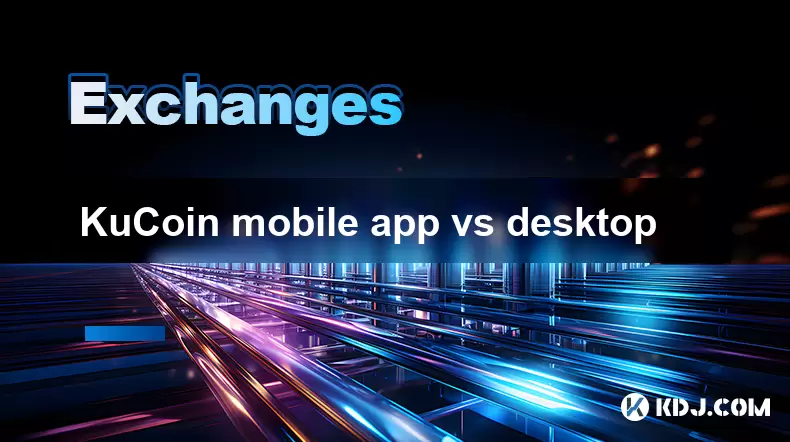
KuCoin mobile app vs desktop
Jul 19,2025 at 08:35am
Overview of KuCoin Mobile App and Desktop PlatformThe KuCoin ecosystem offers both a mobile app and a desktop platform, each designed to cater to diff...
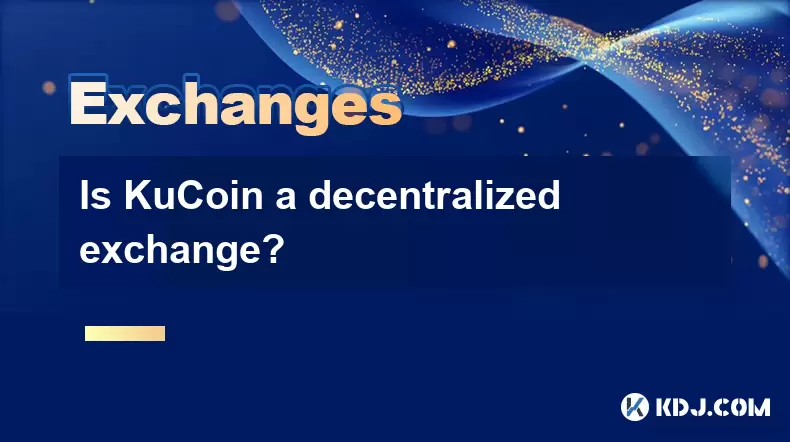
Is KuCoin a decentralized exchange?
Jul 18,2025 at 03:15pm
Understanding Decentralized Exchanges (DEXs)To determine whether KuCoin is a decentralized exchange, it's essential to first understand what defines a...
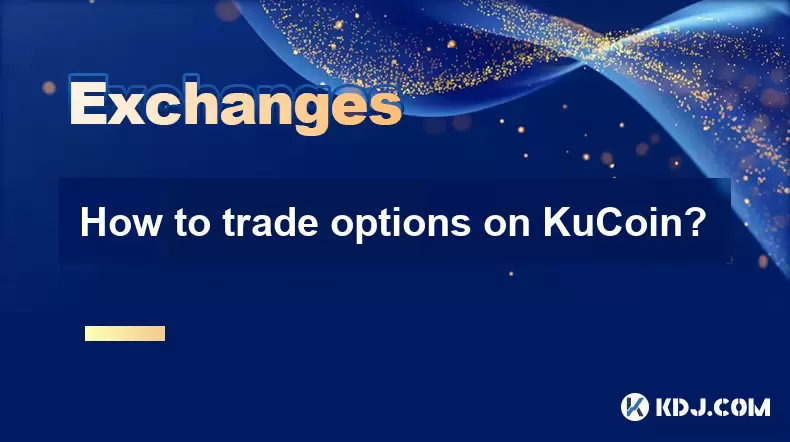
How to trade options on KuCoin?
Jul 19,2025 at 03:42am
Understanding Options Trading on KuCoinOptions trading on KuCoin allows users to speculate on the future price movements of cryptocurrencies without o...
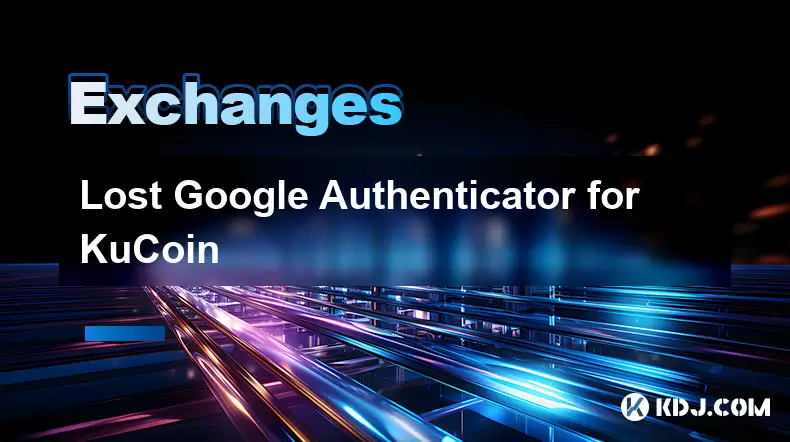
Lost Google Authenticator for KuCoin
Jul 19,2025 at 02:35am
Understanding the Importance of Google Authenticator in KuCoin SecurityGoogle Authenticator is a critical tool used by KuCoin users to enable two-fact...
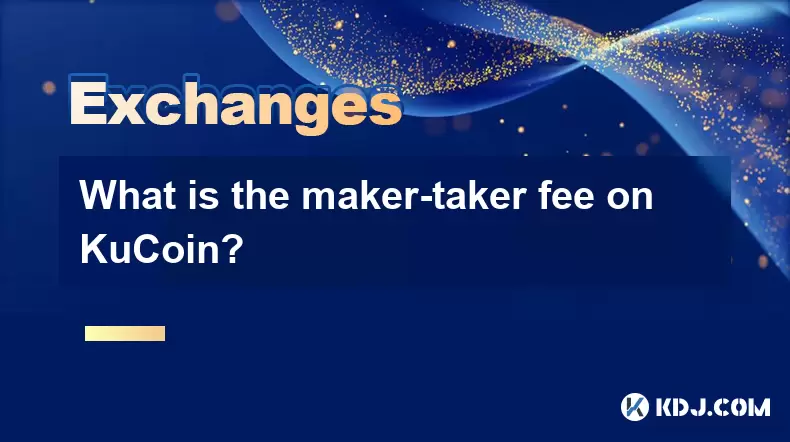
What is the maker-taker fee on KuCoin?
Jul 18,2025 at 12:42pm
Understanding the Maker-Taker Fee ModelThe maker-taker fee model is a pricing structure used by many cryptocurrency exchanges, including KuCoin, to de...
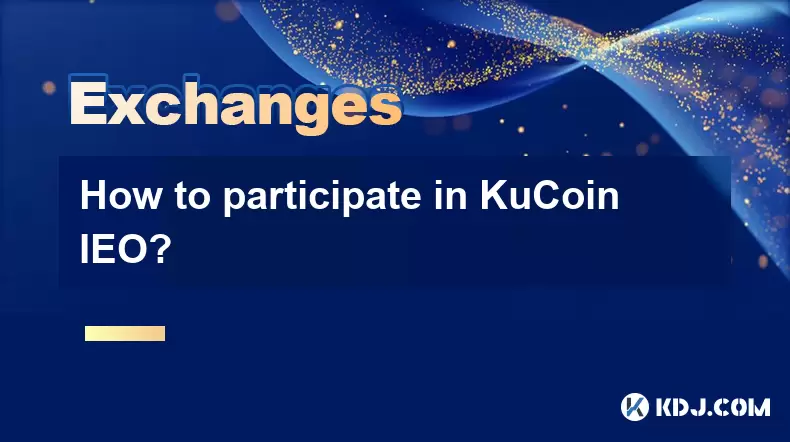
How to participate in KuCoin IEO?
Jul 19,2025 at 11:00pm
What is KuCoin IEO?KuCoin IEO (Initial Exchange Offering) is a fundraising mechanism facilitated by the KuCoin cryptocurrency exchange. Unlike traditi...

KuCoin mobile app vs desktop
Jul 19,2025 at 08:35am
Overview of KuCoin Mobile App and Desktop PlatformThe KuCoin ecosystem offers both a mobile app and a desktop platform, each designed to cater to diff...

Is KuCoin a decentralized exchange?
Jul 18,2025 at 03:15pm
Understanding Decentralized Exchanges (DEXs)To determine whether KuCoin is a decentralized exchange, it's essential to first understand what defines a...

How to trade options on KuCoin?
Jul 19,2025 at 03:42am
Understanding Options Trading on KuCoinOptions trading on KuCoin allows users to speculate on the future price movements of cryptocurrencies without o...

Lost Google Authenticator for KuCoin
Jul 19,2025 at 02:35am
Understanding the Importance of Google Authenticator in KuCoin SecurityGoogle Authenticator is a critical tool used by KuCoin users to enable two-fact...

What is the maker-taker fee on KuCoin?
Jul 18,2025 at 12:42pm
Understanding the Maker-Taker Fee ModelThe maker-taker fee model is a pricing structure used by many cryptocurrency exchanges, including KuCoin, to de...

How to participate in KuCoin IEO?
Jul 19,2025 at 11:00pm
What is KuCoin IEO?KuCoin IEO (Initial Exchange Offering) is a fundraising mechanism facilitated by the KuCoin cryptocurrency exchange. Unlike traditi...
See all articles

























































































